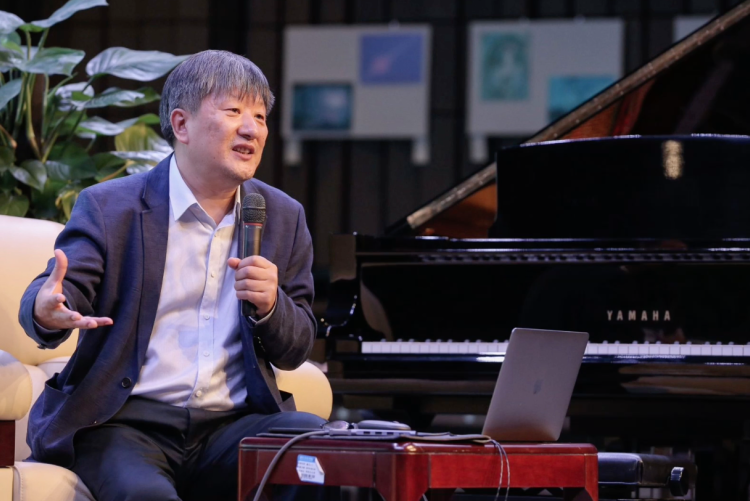SMT-V 9.5, "Poetry and Musical Organization in JIA Guoping's The Wind Sounds in the Sky (2002)" by Yi-Cheng Daniel Wu is now available at SMT-V.org.

Abstract:
Instrumental music is often inspired by other art forms, such as poetry or painting; but what might a specifically Chinese manifestation of this practice sound like? JIA Guoping (b. 1963) presents one example in The Wind Sounds in the Sky (2002). This work participates in the tradition of instrumental works based on poetic texts. However, JIA provides a unique twist on this practice: he grounds his work on the orthography of a written Chinese script. He organizes the rhythmic structure according to strings of integers—which indicate durations—derived from the poem September (1986) written by the Chinese poet Haizi. My analysis focuses on Movement I.
The durational segment in each instrument is generated by one of the two numerical parameters derived from Haizi’s poem: 1) the number of Chinese characters in each verse; and 2) the number of strokes to write each Chinese character. The music unfolds an intricate texture woven by different layers of durational strings. The juxtaposition of these simultaneous strings not only articulates the structure of the bipartite form, but also musically engages with the sense of the eternal and rearward motion depicted in the poem. Examining how JIA integrates rhythms and forms sheds much light not only on the possible ways that instrumental works can interact with poetry, but also on methods by post-tonal practice that can be realized in a manner specifically Chinese in nature.
